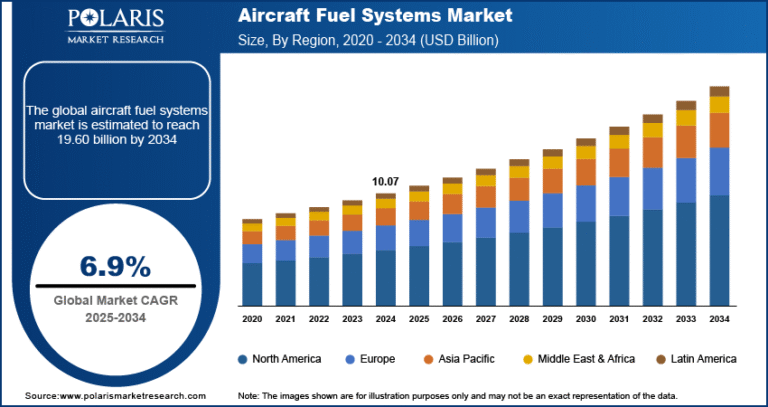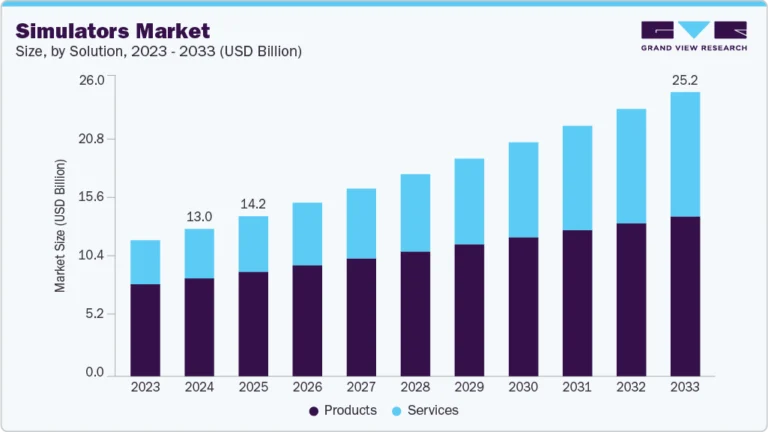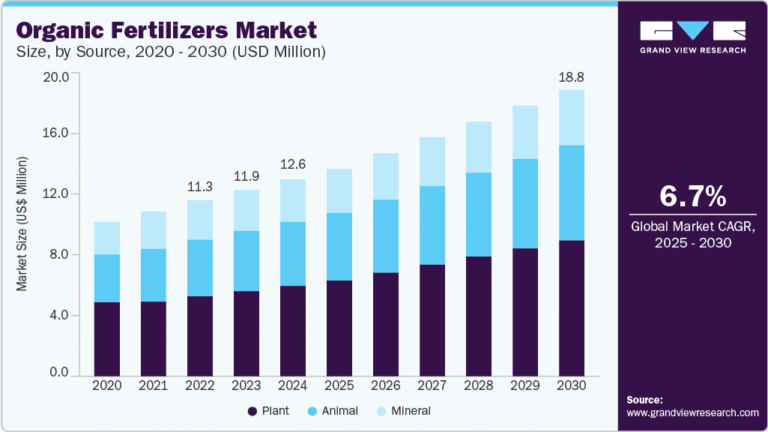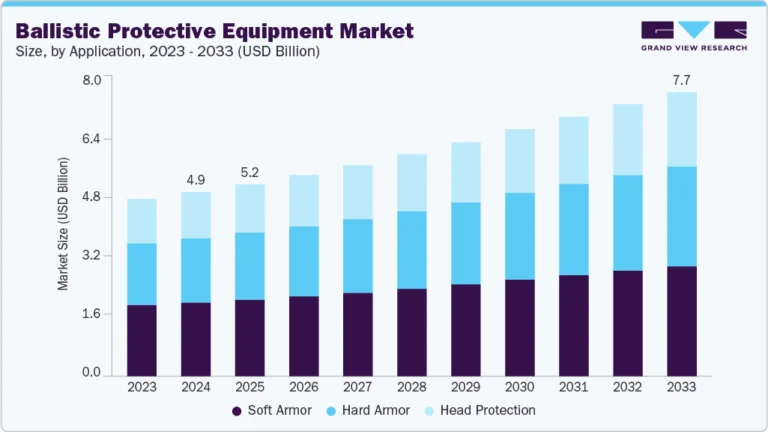Railway Cybersecurity Market Size, Share & Trends Analysis growing at a CAGR of 8.7% from 2025 to 2030

The global railway cybersecurity market size was estimated at USD 7.50 billion in 2024 and is anticipated to grow at a CAGR of 8.7% from 2025 to 2030. The digital transformation of railway systems is driving the railway cybersecurity industry’s growth.
Key Highlights:
- Asia Pacific held the major share of the railway cybersecurity industry with 33.0% in terms of revenue in 2024.
- The railway cybersecurity industry in India is projected to grow during the forecast period.
- In terms of component segment, the solution segment accounted for the largest market share of over 63.0% in 2024.
- In terms of security type segment, the network security segment dominated the railway cybersecurity market and accounted for a revenue share of over 32.0% in 2024.
- In terms of type segment, the infrastructure segment dominated the railway cybersecurity industry and accounted for a revenue share of over 62.0% in 2024
Request a free sample copy or view report summary: https://www.grandviewresearch.com/industry-analysis/railway-cybersecurity-market-report/request/rs1
Modern rail networks rely heavily on information and communication technologies for operations such as traffic control, asset monitoring, scheduling, and passenger information systems. As these systems shift from isolated networks to interconnected digital platforms, they become potential targets for cyber threats. The integration of real-time data and remote operations enhances efficiency but also opens doors to cyber vulnerabilities. As a result, railway companies are investing in cybersecurity solutions that offer intrusion detection, data encryption, access control, and real-time monitoring to secure their digital ecosystems.
The increasing frequency and sophistication of cyberattacks targeting critical infrastructure are another major growth driver for the market. Railways, as part of a nation’s critical infrastructure, are attractive targets for cybercriminals, hacktivists, and even state-sponsored actors aiming to disrupt public services or cause economic damage. High-profile cyberattacks on transport systems, such as ransomware attacks and malware infiltrations, have highlighted the vulnerabilities in operational technology (OT) environments within the transportation sector. The need to protect signaling systems, ticketing networks, onboard communications, and freight management platforms from unauthorized access is compelling rail operators to adopt comprehensive cybersecurity strategies.
The expansion of smart rail infrastructure and high-speed rail projects is further contributing to the growth of the railway cybersecurity industry. Countries across Asia, Europe, and the Middle East are investing heavily in smart rail and metro systems, equipped with AI-driven analytics, real-time control centers, and autonomous operations. While these technologies improve passenger experience and operational efficiency, they also create new points of vulnerability that cyber threats can exploit. This has led to an increased demand for endpoint security, network segmentation, and threat intelligence solutions within rail systems.






